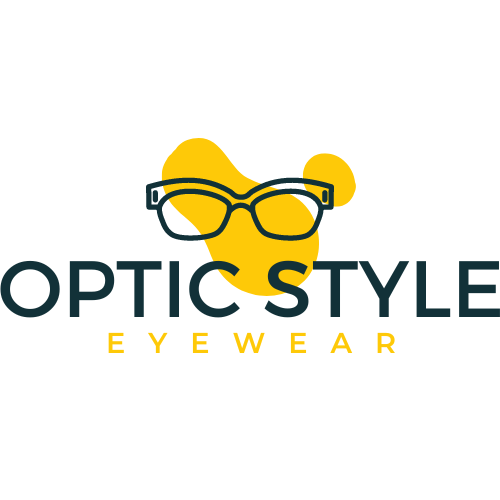In recent years, there has been a noticeable increase in the number of people opting for multifocal lenses. Whether it’s for vision correction or convenience, multifocal lenses are becoming a preferred choice for those who require vision assistance for both near and far distances. So, what exactly has led to this surge in popularity? Let’s explore some of the reasons why more people are choosing multifocal lenses.
One of the primary reasons for the growing preference for multifocal lenses is the convenience they offer. With multifocal lenses, individuals no longer need to switch between multiple pairs of glasses or constantly adjust their focus. These lenses combine different prescriptions, allowing users to see clearly at both close and far distances. This means that reading a book, working on a computer, and driving can all be done without the hassle of switching glasses.
Moreover, multifocal lenses eliminate the issues associated with progressive lenses, which are often recommended for people with presbyopia, the age-related condition that leads to difficulty focusing on nearby objects. Progressive lenses have a gradual change in power from top to bottom, with multiple zones for near and far vision. However, some wearers struggle with peripheral distortion, a limited field of vision, or difficulties adapting to the varying power gradients. Multifocal lenses, on the other hand, offer a more natural visual experience, without abrupt changes in prescription strength, allowing wearers to seamlessly transition between distances.
Another significant factor contributing to the rise of multifocal lenses is the desire for a more youthful appearance. In the past, the need for bifocals or reading glasses often came with a visual stigma attached. Many people perceived them as a sign of aging or a visible reminder of deteriorating eyesight. However, multifocal lenses provide a discrete solution by combining various lens powers within a single frame. This allows wearers to maintain a youthful appearance without compromising on clear vision.
The advancements in optical technology have also played a crucial role in the increased adoption of multifocal lenses. With the introduction of sophisticated manufacturing techniques and materials, such as free-form technology, the precision and quality of multifocal lenses have significantly improved. This has resulted in enhanced visual performance, reduced aberrations, and better adaptation for wearers. As a result, more individuals are willing to make the switch to these multifocal options, confident in the reliability and effectiveness of the lenses.
Furthermore, multifocal lenses are no longer limited to traditional glasses. Contact lenses and even surgical implant options are now available for those who prefer not to wear spectacles. This expanded range of options has made multifocal lenses accessible to a broader population, thus amplifying their appeal.
Ultimately, the growing popularity of multifocal lenses boils down to their ability to offer convenience, comfort, and improved visual performance. As individuals continue to lead active and dynamic lives, the need for a practical vision correction solution becomes increasingly important. Multifocal lenses fulfill this requirement, providing wearers with the freedom to see clearly at multiple distances and eliminating the burden of constantly switching between different pairs of glasses. With all these advantages and developments in the field, it’s no wonder that more people are opting for multifocal lenses.
